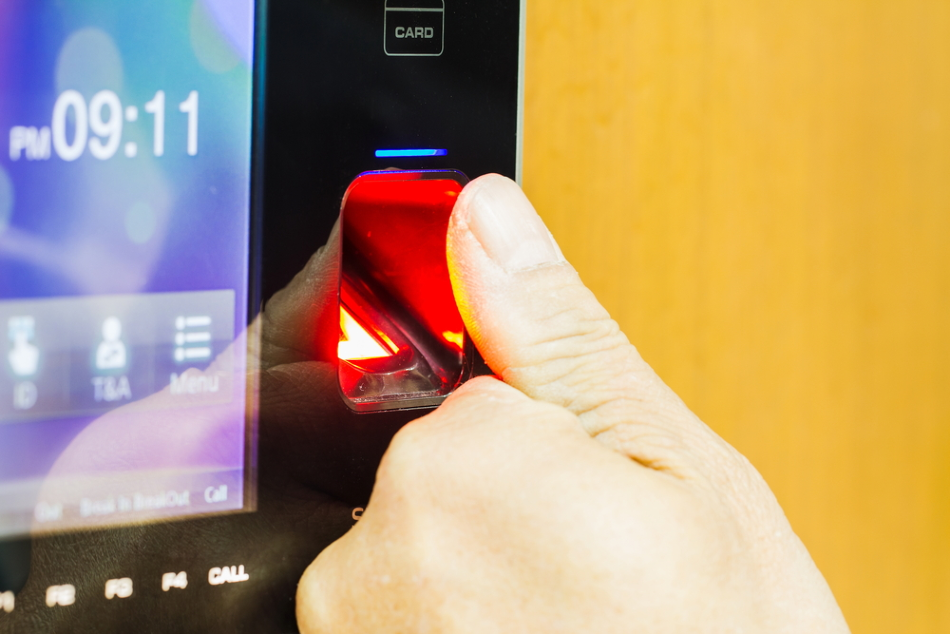
Image Credit: papi8888/Shutterstock.com
The touchless sensing market is expected to reach US$15.3 billion by 2025, up from the US$6.8 billion predicted for 2020. The sector is already thriving, serving technology such as smartphones and the Internet of Things (IoT), and is driven by a demand for contact-free sensing. The market has been accelerated by a renewed appreciation of the importance of hygiene, thanks in part to the Covid-19 pandemic.
Japanese companies already enjoy an almost 50% share of the global sensor technology market and have benefitted from huge increases in smartphone technology and IoT developments. Opportunities in the touchless sensing market will likely increase because of the growing demand for touchless sensing technology and touchless biometric solutions with advanced tracking and control functionalities.
Sensor-based technology is expected to hold a greater proportion of the touchless sensing market. There are two types of sensors employed in touchless sensing devices, infrared sensors and capacitive sensors, and they both function by enabling an electronic device to communicate with their surroundings.
Infrared (IR) Sensors
IR sensors emit and receive waves in the form of heat; in the IR spectrum, all objects release some form of thermal radiation. While not visible to the human eye, it can be detected by an IR sensor that interprets the thermal radiation.
Examples include motion sensors utilized in sanitary equipment such as touchless faucets, rubbish bins or dispensers. The sensor detects motion around an object and switches on or off accordingly. Key producers of such technology include US-based manufacturers Orbis, EMX Inc and Wilcoxon Research.
In April 2020, in response to Covid-19, Japanese lift manufacturer Fujitec launched a model with an optional add-on contactless panel that utilizes IR sensors to detect the required destination floor based on the user’s hand position over a dashboard. Although the technology is aimed at hospitals, pharmaceutical manufacturers and food companies, Fujitec received inquiries from general offices during the pandemic.
A month previously, Optex, another Japanese-based manufacturer of high-performance sensing technology, launched a contactless switch for opening and closing doors. It functions when a hand is held over a sensor, much like the automated faucet, and buttonless lift
Capacitive Sensors
Capacitive sensors use the electric property of capacitance that exists between two conductive surfaces within a sensible closeness. They work by producing an electric field and detect nearby objects by sensing whether this field has been disturbed. They are capable of detecting anything that is conductive or has a pointedly different permittivity than air, like a human body or hand.
Capacitive sensors are non-contact devices that are capable of high-resolution measurements of a position change of a conductive target. The antenna of a capacitive sensor, if large enough, becomes more sensitive and can function in a touch-free way, such as automatic faucets and gesture recognition devices like tablets and mobile phones.
There are two categories of targets that capacitive sensors can detect - conductive and non-conductive. Conductive targets include metal, water, blood, acids, bases, and saltwater. Major producers include US-based companies such as Baluff, Lion Precision and EMX Inc, and Micro Epsilon who are based in Germany.
Touchless Biometric Solutions
In Japan, NEC Corp adapted their facial recognition technology at their Tokyo headquarters in March 2020 in response to Covid-19, so that people no longer have to remove their mask, and thus it prevents them from touching their faces.
Previously, their security wicket had difficulty recognizing people wearing masks, sunglasses and hats. Their new system can detect who is under the mask by comparing the exposed portion of a person's face to their original image on the system's software. The system's AI uses deep learning to accurately identify people going through the wickets after being shown photos of the people wearing masks or sunglasses.
Click here to find out more about the different types of sensors available.
The technology is likely to be commercially available from September 2020 following inquiries from other companies wanting to implement the technology. The move could be especially prudent in a country where wearing face masks is common, particularly in the Winter and during hay fever season.
Another Tokyo-based company, Fujitsu, is also implementing a trial of a multi-biometric authentication and payment system in convenience stores. Their system relies on palm-vein authentication and facial recognition. Cameras track customer movements around the store, weigh sensors check their purchases and payment is taken automatically when they leave the store.
Conclusion
The need for touchless sensor technology has certainly been thrust into the limelight thanks to the current Covid-19 pandemic. While the sector was already going through a huge boom, it has experienced a vast acceleration that looks set to continue.
A major restraint for the market is the high initial cost involved with touchless sensor technology products and their implementation. Another is user resistance, but with the virus capable or surviving on surfaces for anything from a few hours to several days, it’s not surprising that much of the population try to refrain from touching just about anything.
References and Further Reading
Hayahi E et al (2020) Japan Inc. finds advantage in consumers' new fear of touching Nikkei Asian Review (online) https://asia.nikkei.com/Business/Consumer/Japan-Inc.-finds-advantage-in-consumers-new-fear-of-touching (accessed 17th April 2020)
Campos G. (2020) Touchless sensor technology takes off in Japan AV Magazine (online) https://www.avinteractive.com/news/covid-19/touchless-sensor-technology-takes-off-in-japan-15-04-2020/ (accessed 17th April 2020)
Research and Markets (2020) Global Gesture Recognition and Touchless Sensing Industry (2020 to 2025) - Growing Smart Homes Market Presents Opportunities Global Newswire (online) https://www.globenewswire.com/news-release/2020/04/14/2015631/0/en/Global-Gesture-Recognition-and-Touchless-Sensing-Industry-2020-to-2025-Growing-Smart-Homes-Market-Presents-Opportunities.html (accessed 17th April 2020)
Disclaimer: The views expressed here are those of the author expressed in their private capacity and do not necessarily represent the views of AZoM.com Limited T/A AZoNetwork the owner and operator of this website. This disclaimer forms part of the Terms and conditions of use of this website.